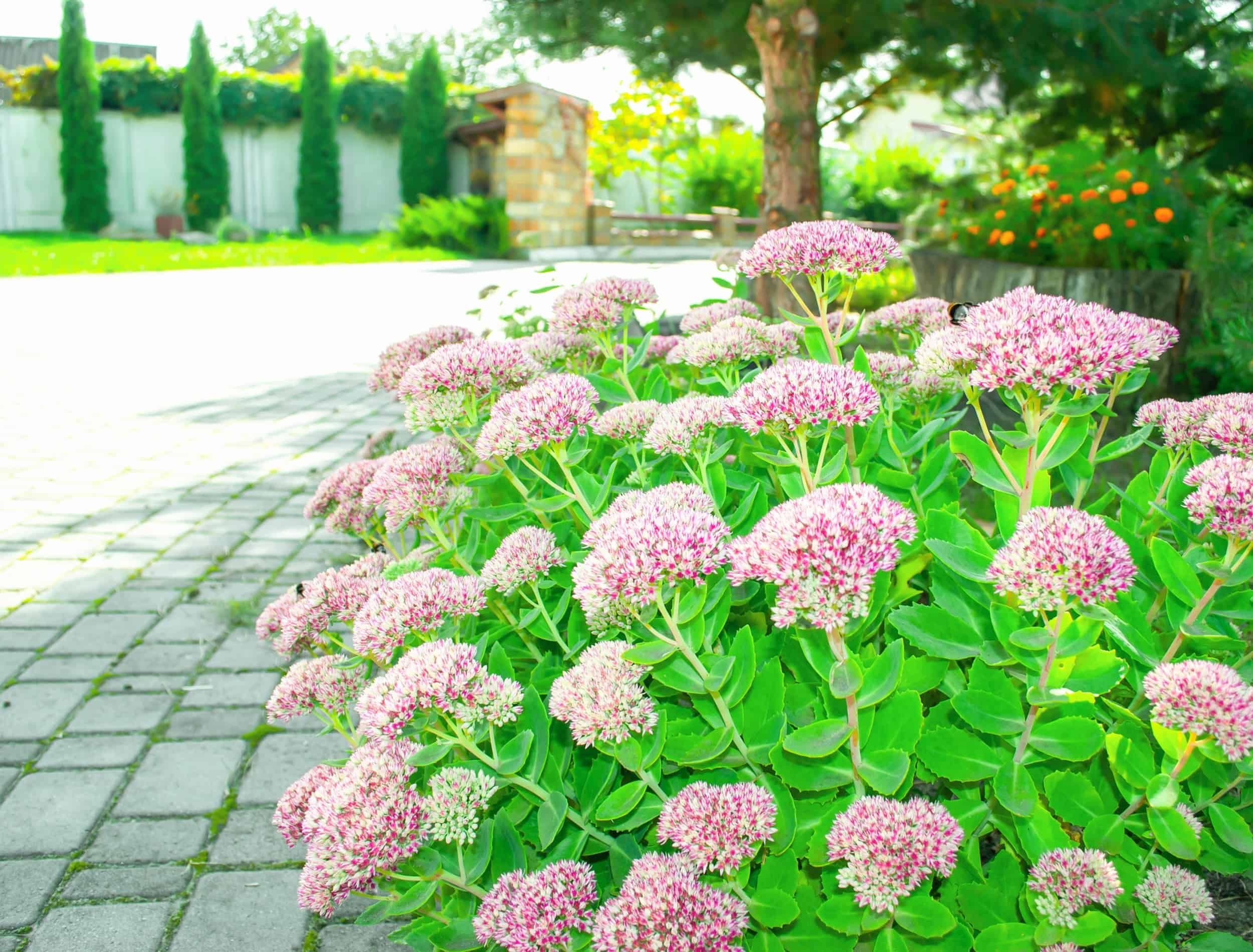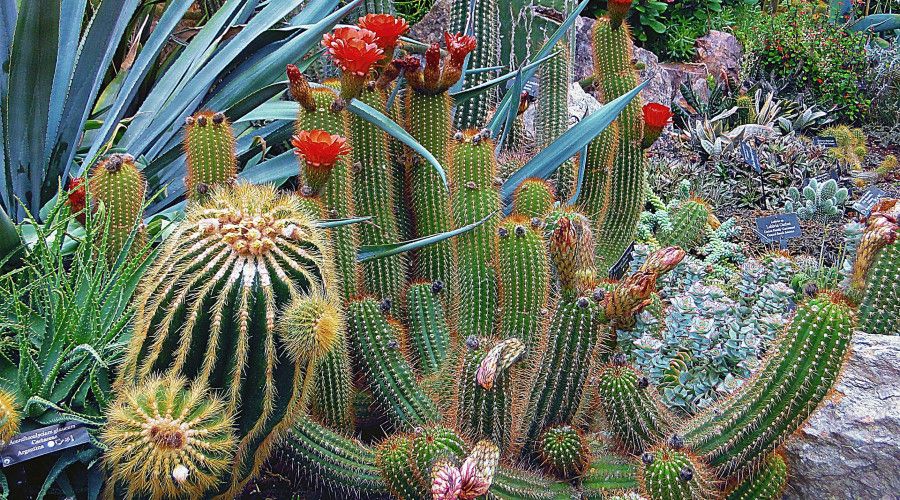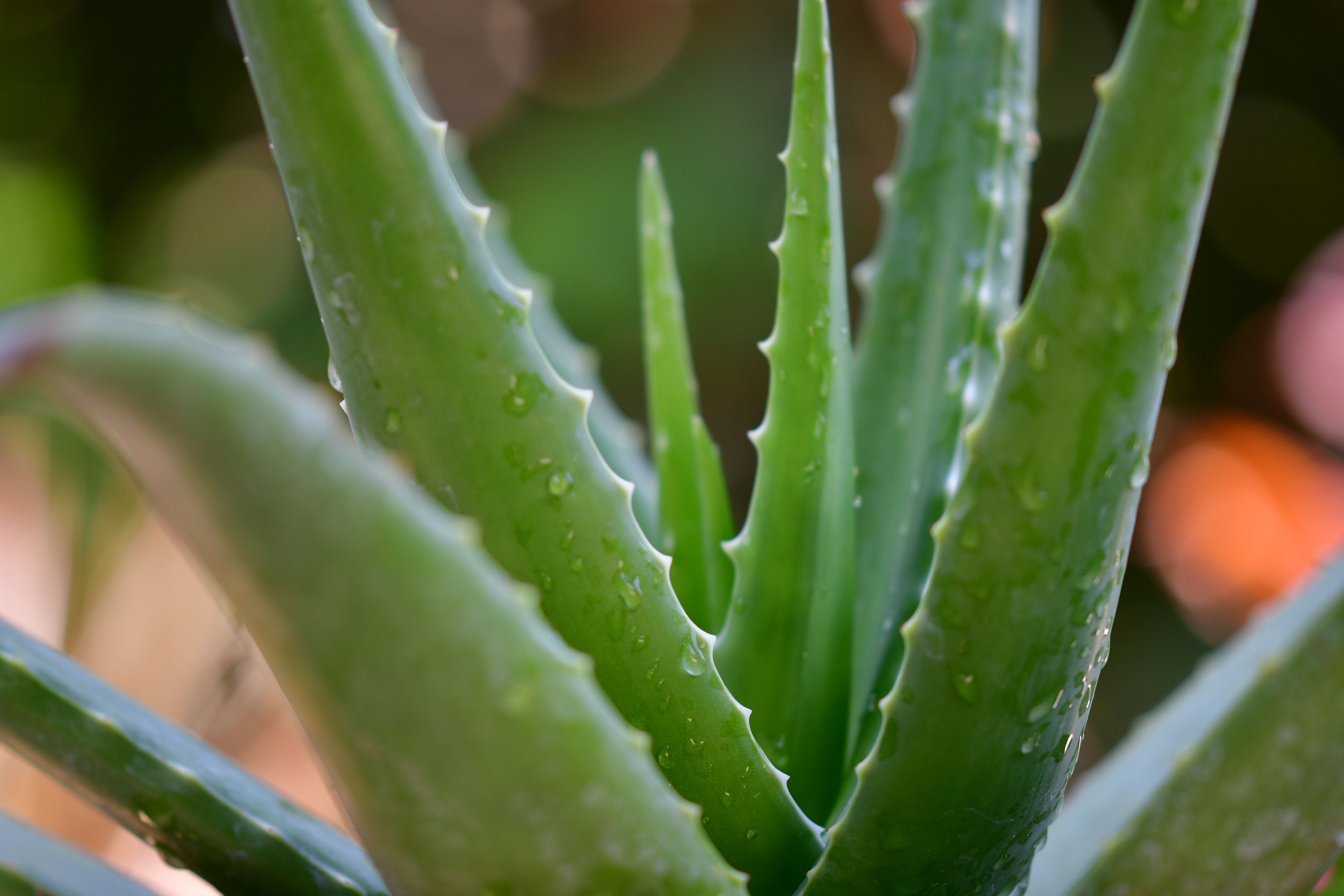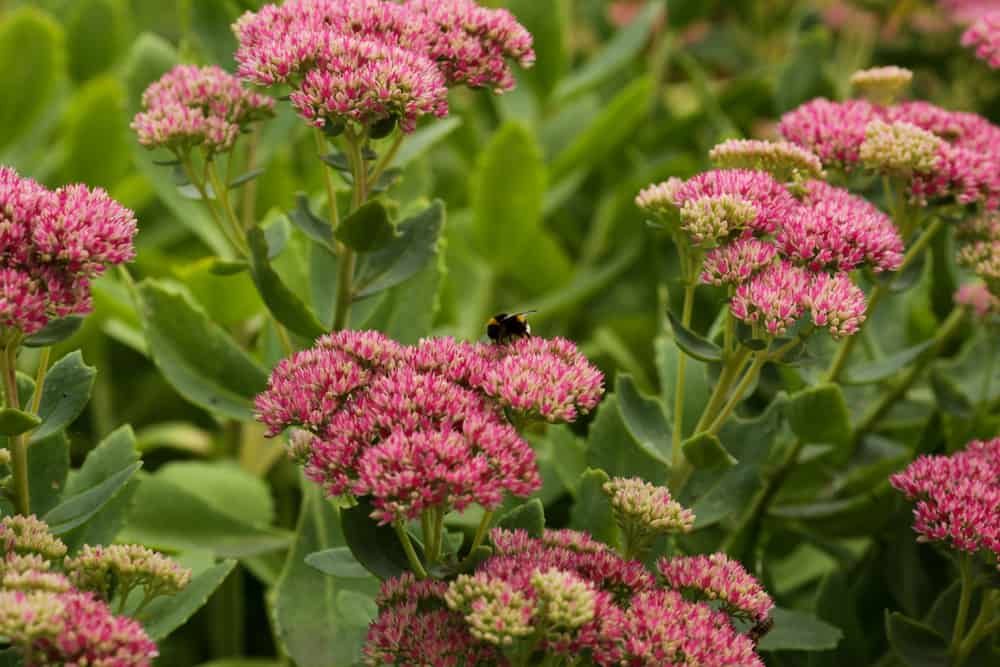It’s no secret that drought conditions have become more common in recent years. Whether you live in an area that’s prone to drought or you simply want to be prepared for a dry spell, it makes sense to choose drought-tolerant plants for your home garden.
There are a number of plants that can thrive in both hot and dry conditions, and still look beautiful. Here are five of the best drought-tolerant plants for your home garden:
Cactus
Image credits: Bronisław Dróżka via Pixabay
Cacti are drought-tolerant plants that can survive in dry conditions for long periods of time. They are native to arid regions of the world, such as deserts, and are adapted to survive in these conditions.
There are many different types of cacti, and they come in a wide range of shapes and sizes. Some cacti, such as the saguaro, can grow to be over forty feet tall! While others, like the peyote, are only a few inches tall.
If you live in an area with hot, dry summers, then growing cacti is a great way to add some drought-tolerant plants to your garden.
Here are a few tips for growing cacti:
- Choose a sunny spot in your garden for your cacti. They need at least 10 hours of direct sunlight each day.
- Cacti like well-drained soil that is sandy or gravelly. If your soil is heavy or clay-like, mix in some sand or gravel to improve drainage.
- Water your cacti deeply, but infrequently. Allow the soil to dry out completely between waterings. In general, cacti need to be watered about once a week during the growing season and once every two weeks during the winter.
- Fertilize your cacti sparingly. Too much fertilizer can damage their roots. A light application of a balanced fertilizer is all that is needed.
Lavender
Image credit: neiriss via Shutterstock
Lavender is a hardy plant that can withstand long periods of drought. In fact, it actually prefers dry conditions and will wilt if it gets too much water. So, if you live in an area with low rainfall, or if you're just looking for a plant that's easy to care for, lavender is a great choice.
It’s also a very fragrant plant. The scent of lavender is said to be calming and relaxing, making it a great addition to any garden.
If you're interested in adding lavender to your garden, here are a few things to keep in mind:
- Lavender favors full sun and well-drained soil.
- When planting, make sure to space the plants about eighteen inches apart.
- Lavender is a perennial plant, so it will come back year after year.
- To nurture more blooms, deadhead the flowers as they fade.
- Lavender is an easy plant to care for, but it can be susceptible to certain pests and diseases. Watch for signs of problems and treat accordingly.
Aloe Vera
Image credits: Pisauikan via Unsplash
This succulent is native to Africa and can tolerate long periods of drought. Aloe vera is also easy to care for – it doesn’t need much water or attention to thrive.
If you live in an area with hot, dry summers, aloe vera is a great plant to add to your garden. It’s drought-tolerant and can withstand long periods without water. Aloe vera is also heat-resistant, so it will do well in hot climates.
Aloe vera is a succulent, so it stores water in its leaves. This means that it doesn’t need to be watered as often as other plants. When you do water this house plant make sure to give it a good soaking – the soil should be completely wet. Then, allow the soil to dry out completely before watering again.
Yarrow
Image credits: mila103 via Canva
If you're looking for a plant that can withstand dry conditions, yarrow (Achillea millefolium) is a great option. This drought-tolerant plant is native to Europe and Asia, but it can also be found in North America. Fun fact, yarrow is a member of the daisy family.
This hardy plant is relatively easy to grow, and it's often used as an ornamental plant in home gardens. Yarrow comes in a variety of colors including white, yellow, and red. The flowers are small and clustered together in flat-topped groupings with thin and feathery leaves.
Yarrow is a perennial plant, which means it will come back year after year. It's also a low-maintenance plant, so it's perfect for those who don't want to spend a lot of time caring for their garden. Yarrow is tolerant of a wide range of soil types and can even grow in poor-quality soils.
This plant does best in full sun, but it can also tolerate partial shade. Yarrow is relatively drought-tolerant, but it will need some supplemental watering during prolonged periods of dry weather.
Yarrow is generally a healthy plant, but it can be susceptible to powdery mildew and rust. These diseases are most likely to occur when the plant is grown in conditions that are too wet or humid. If you notice any signs of these diseases, be sure to act immediately to treat the plant.
Sedum
Image credits: as_trofey via Shutterstock
Looking for a plant that can survive in dry, arid conditions? Then Sedum is the plant for you! It's known for its ability to withstand drought-like conditions and still thrive with gorgeous blooms.
Sedum is a great choice for gardens in areas with little rainfall or water restrictions. The plant is also low maintenance, making it ideal for busy gardeners. And if you're looking to add some color to your garden, Sedum comes in a variety of colors including green, yellow, pink, and red.
If you're thinking of adding Sedum to your garden, here are a few tips to get you started:
- Choose the right location: Sedum prefers full sun but can also tolerate some shade. Avoid planting in areas that are prone to standing water as this can cause the roots to rot.
- Prepare the soil: Sedum does best in well-drained soil. If your soil is heavy or clay-like, consider amending it with sand or organic matter to improve drainage.
- Water wisely: As a drought-tolerant plant, Sedum doesn't need a lot of water. In fact, too much water can actually be harmful to the plant. Water only when the soil is dry to the touch and don't overdo it!
- Fertilize sparingly: Sedum is a tough plant that doesn't need a lot of fertilizer. A light application of organic fertilizer in the spring is all that's needed to keep your plant healthy and happy.
- Watch for pests: Sedum is generally resistant to most pests and diseases. However, aphids and mealybugs can be a problem if they are present in your garden. If you see these pests on your plant, treat with an insecticidal soap or neem oil to keep them under control.
5 Reasons Not To Worry!
If you’re looking for drought-tolerant plants for your home garden, these five options are sure to thrive in hot, dry conditions. With a little care, these plants will provide beauty and enjoyment for years to come. Do you have any tips or tricks for growing drought-tolerant plants in your garden? Let us know in the comments below!






